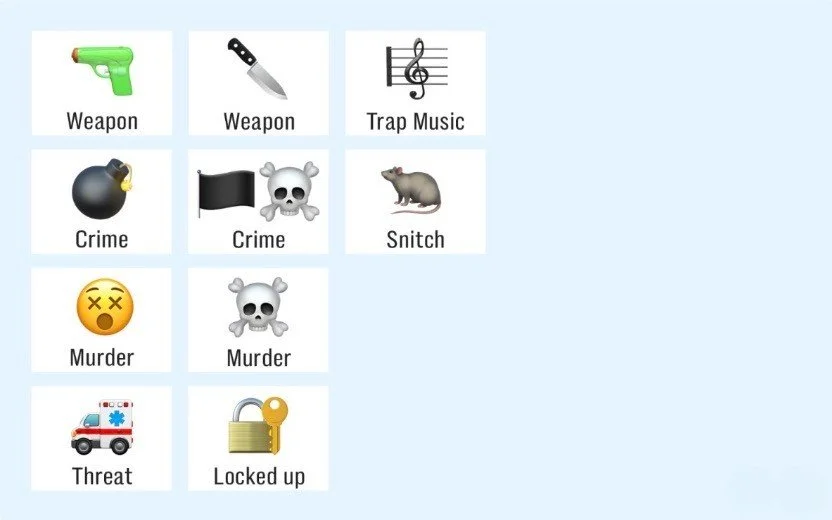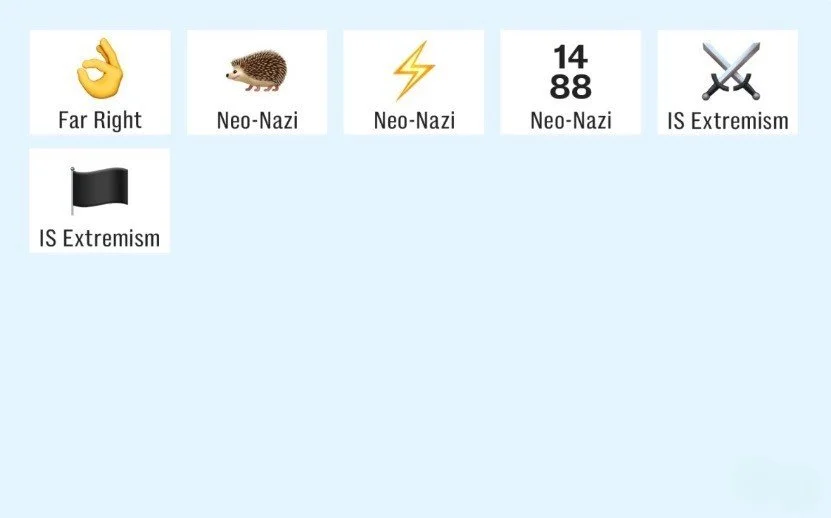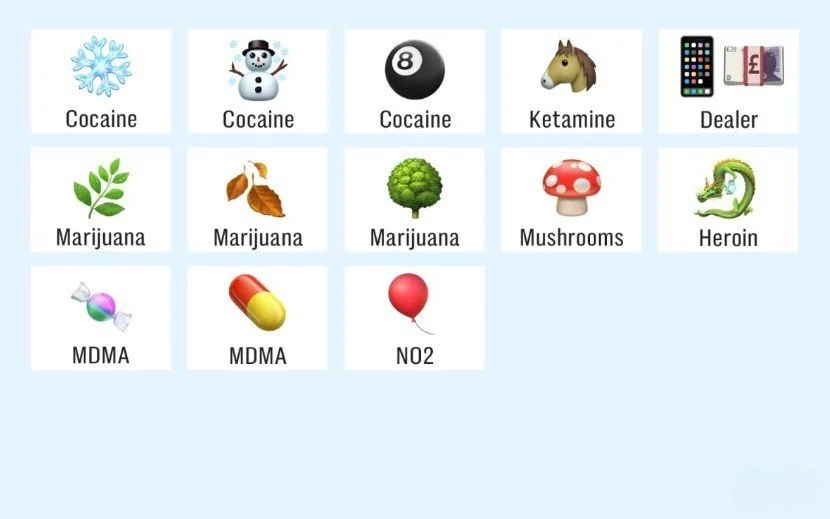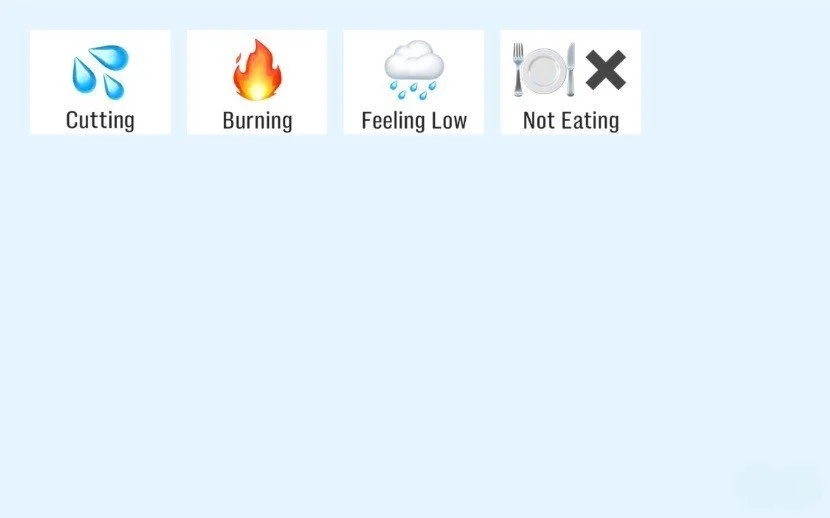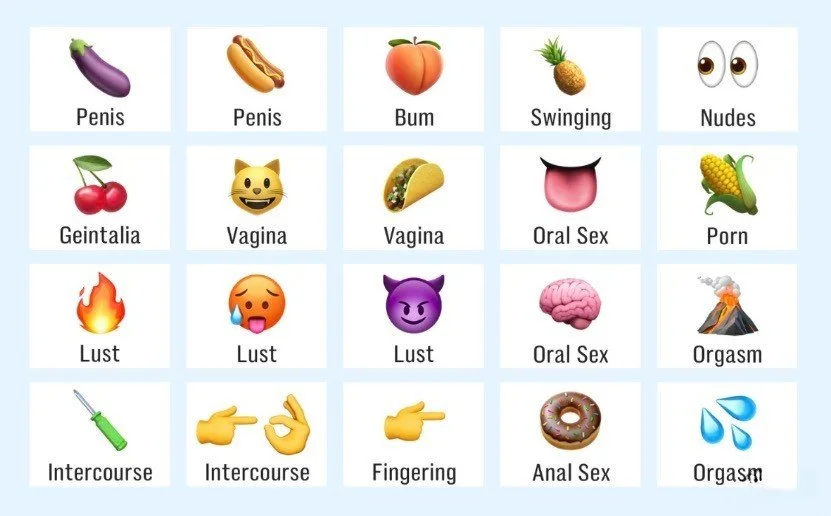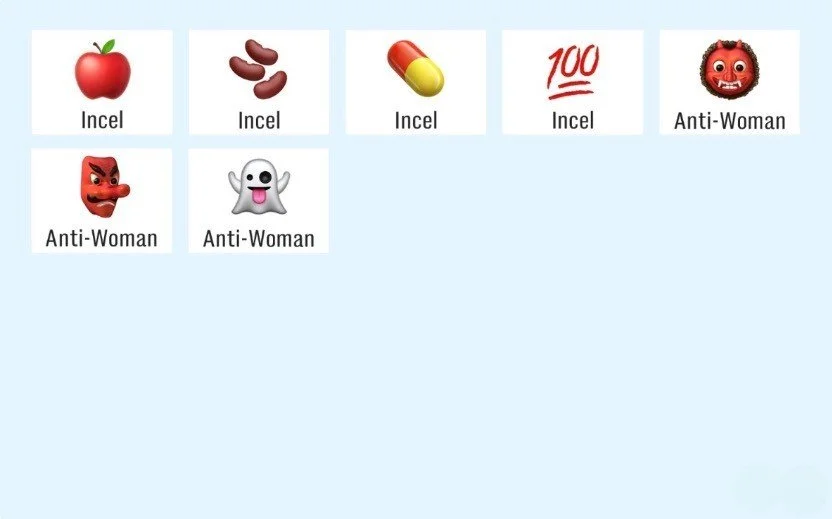😁 emojis
Emojis allow people—especially youth—to express complex emotions, mental health struggles, and social nuance in a fast, safe, and universally understood visual language.
know your heart emojis!
❤️ Basic love. Default. Safe. Boring. Used by boomers or someone being earnest.
🩷 Feminine, sweet, soft girl energy. Often paired with ✨. Used in romantic thirst or TikTok edits.
💗 Energetic pink love — bubbly, chaotic good, often in anime and hyper-pop fandoms.
💖 Glittery queen energy. Gen Z baddie mode. Often ironic or over-the-top affectionate.
🩵 Calm, neurodivergent-coded love. Often used in soft boy/girl content. Low-stimulation affection.
💙 Trust and loyalty vibes, especially in friend zones. Also sometimes used by BTS ARMY.
💜 BTS (Taehyung coined “I purple you”). LUST. Also means deep affection, royalty vibes. Stan Twitter fav.
💚 Jealousy, envy, or nature-core. Can be low-key shade depending on tone. Also used in Minecraft/creeper contexts.
💛 Friend love, not romantic. Cheerful, non-threatening. If used by a crush = you're in the bin.
🧡 Almost love. Warm but not intense. Seen in “close but not dating” dynamics.
🖤 Emo, edgy, goth, grief-core. Deep feelings, sometimes for dramatic flair or sad girl energy.
🤍 Pure, spiritual, angelic love. Can be used in mourning, or by VSCO/y2k girls. Soft aesthetic.
🩶 Subtle, emotionally numb, depression-coded. Also new aesthetic: quiet luxury, grayscale mood.
💔 Not just heartbreak — also used sarcastically in roast jokes ("that hurt fr").
❤️🔥 Lust, passion, baddie thirst, crush on main. Often paired with 🔥 or 🥵.
❤️🩹 Healing from heartbreak. Used in trauma or recovery-themed posts.
a brief cultural history of the emoji, focusing on its evolution in relation to the mental health crisis — especially among young people
🕹️ 1990s–2000s: The Birth of Emoji
Emoji (絵文字, "picture characters") were first developed in Japan in the late 1990s by Shigetaka Kurita for mobile platforms. They were simple, joyful, and designed to enrich texting with emotional nuance in a digital space lacking facial expression. By the 2000s, emoji had quietly gone global via iOS and Android keyboards, spreading first as novelty, then as social glue.
At this point, mental health conversations were still largely offline, stigmatized, or wrapped in academic or clinical language. Emojis had no mental health association—yet.
📲 2010–2015: Social Media + Sad Faces
As emoji became standard in texting, Twitter, and early Instagram, young users began expressing emotional lows using the simplest emoji tools available:
😔, 😢, 😩, 💔, or even just the black heart 🖤
These became ways to subtly signal distress, sadness, heartbreak, or loneliness in a shareable, socially “safe” form.
During this time, mental health language slowly entered youth spaces — but emoji were still mostly a passive emotional aid, not a political or cultural tool.
🧠 2015–2020: Emojis Become Mental Health Code
As anxiety, depression, and neurodivergence awareness exploded across platforms like Tumblr, YouTube, and Twitter, emoji began to function as code within online peer support:
🧠 = brain overload or “I’m neurodivergent”
😵💫, 🥴, 😬 = burnout, overstimulation, awkwardness
💀 = "I'm dead" = overwhelmed, hilarious, or just done
🧍 = isolation, awkward vibes
🚩 = toxic relationships, red flags
Users repurposed emoji to sidestep stigma. They could express suicidal ideation, trauma, or ADHD burnout without writing it outright.
🧃 2020–2023: TikTok, Memes, and the Trauma-Core Aesthetic
During the COVID pandemic and following lockdowns, emoji were no longer just symbols—they became mental health storytelling devices:
🪖 = “fighting demons” (slang for inner battles)
🫠 = emotional meltdown / social exhaustion
🧌 = chaotic neurospicy goblin mode
🪩 = dancing through trauma / queer-coded joy
These were mixed with ✨ ironic positivity ✨ or glittery despair. TikTok and Discord weaponized emojis into emotional hieroglyphics.
🧍♀️ 2024–2025: Emoji as Social Armor
Today, with mental health issues at crisis levels in youth culture, emoji function as cultural shorthand for:
Signaling distress without triggering alarm
Offering solidarity (“🧠 gang” for neurodivergent folks)
Meme therapy (laughing through the 💀)
Masking pain in coded, aestheticized ways (🥴🫠🪩)
Emoji are now part of the digital survival kit—used to build community, signal burnout, flirt through trauma, and protest toxic positivity.
Final Thought
What started as pixel-art mood boosters are now emotional survival tools. Emoji are the modern teenager’s mental health dialect—compressed, symbolic, ironic, yet deeply real.

